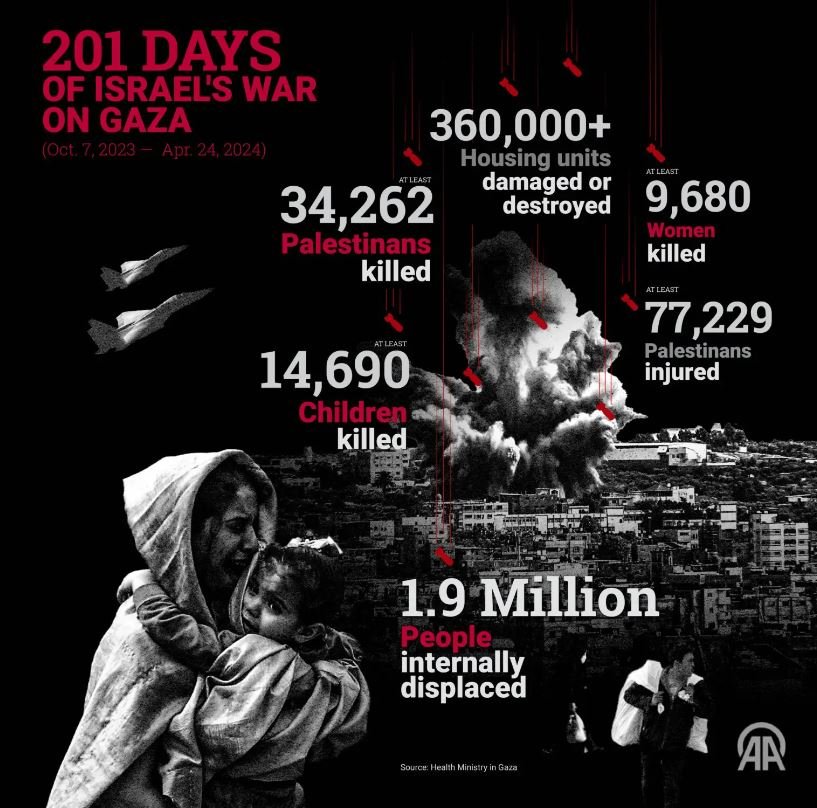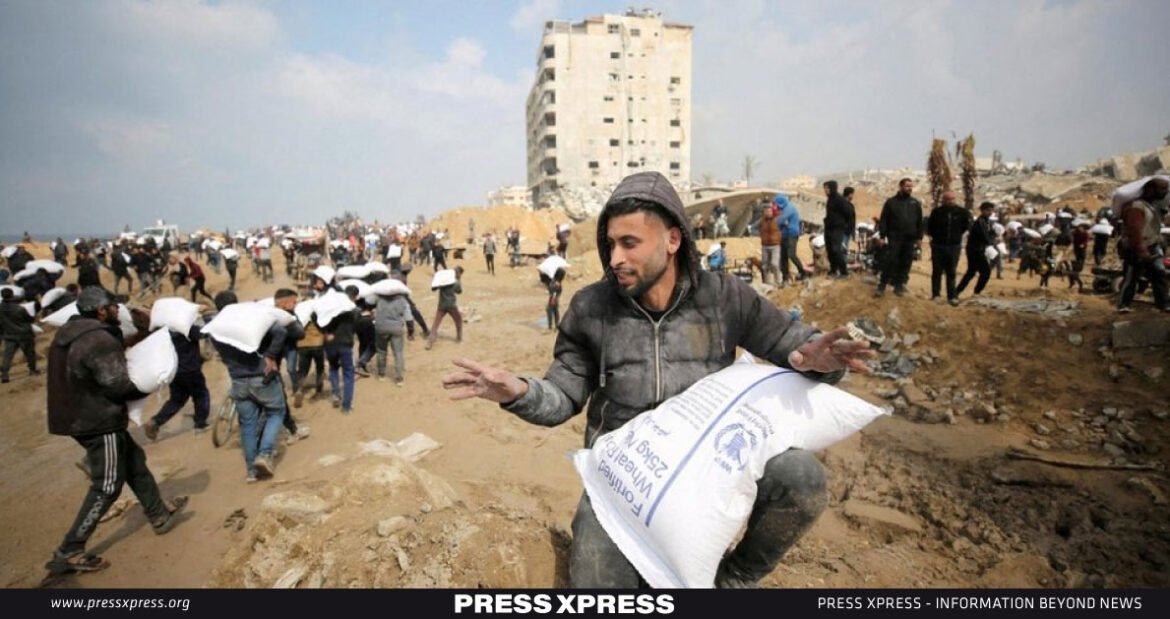Israel has offered Hamas a 40-day ceasefire to halt the ongoing conflict and violence in Gaza, aiming to protect civilians caught in the crossfire. The proposal includes a pause in hostilities, an exchange of hostages, and a humanitarian aid corridor.
The initiative comes after prolonged hostilities marked by heavy bombardments, civilian casualties, and societal unrest. Qatar is mediating talks to secure an agreement that allows both sides to step back and prevent further loss of life. Public response has been mixed, reflecting deep regional divides.
You Can Also Read: Freedom of Speech Now Loosing Its Freedom in USA
Some see the ceasefire as a step towards peace, while others fear it may merely delay inevitable conflict. The ceasefire offers an opportunity to pause hostilities and address urgent humanitarian needs in Gaza. However, further diplomatic negotiations are essential to solidify the truce and explore lasting solutions. The road ahead is challenging, but the ceasefire represents a glimmer of hope for a region that has endured immense suffering.
Ceasefire Details:
The proposed 40-day ceasefire aims to put an end to the fighting between Israel and Hamas, offering a glimmer of hope for a region that has been ravaged by conflict. This proposal includes several key elements that are designed to address both the immediate and long-term needs of the people in the region.
“I hope Hamas do take this deal and frankly, all the pressure in the world and all the eyes in the world should be on them today saying ‘Take that deal’”
– David Cameron, UK foreign secretary

Hostilities Pause:
At the core of the ceasefire is an immediate cessation of hostilities between Israeli and Hamas forces. This is a critical step, as the fighting has been responsible for a tragically high number of civilian casualties on both sides.
Prisoner Exchange:
The ceasefire also offers the possibility of a prisoner exchange between Israel and Hamas. Under the terms of the proposal, Hamas has agreed to release 40 Israeli hostages in exchange for the release of 700 Palestinian prisoners who Israel is currently detaining. This exchange is seen as a vital step towards easing tensions and building trust between the two sides.
Humanitarian Aid:
Another important aspect of the ceasefire is the creation of a corridor for humanitarian aid into Gaza. This corridor will allow much-needed medical supplies, food, and other essentials to reach the people who have been most affected by the conflict, providing a lifeline to a population that has been struggling to survive.
Mediation Efforts
For several weeks, mediators from Egypt, Qatar, and the United States have been working to negotiate a new agreement that would ensure another break in the violence and secure the release of the 133 hostages believed to be held by Hamas, according to Israeli sources. At least 30 of these hostages are feared to have died.
Hamas turned down an Israeli offer earlier this month, which proposed a six-week truce and the release of 40 hostages, including women, children, and the elderly or sick, in exchange for the freedom of hundreds of Palestinian prisoners.
Hamas maintained its stance, insisting on a permanent ceasefire that would result in the complete withdrawal of Israeli forces from Gaza and the return of displaced Palestinians to their homes. According to a source, Israel’s latest proposal differs substantially from its previous offers is reportedly more generous.

Context of the Ceasefire:
The proposed 40-day ceasefire comes at a time of escalating violence between Israel and Hamas, fueled by ongoing conflicts that have led to tragic civilian casualties and devastating humanitarian crises. This proposal represents a desperate attempt to address the immediate need for peace and reduce the risk of further bloodshed.
Background:
The conflict in Gaza has reached a boiling point, with intense bombardments and retaliatory attacks becoming an all-too-common occurrence. As civilian casualties continue to mount, the international community has been united in its calls for peace and humanitarian relief. The ceasefire proposal is a direct response to these calls, seeking to halt the hostilities and provide much-needed aid to Gaza’s suffering population.
Diplomatic Pressures:
The ceasefire proposal didn’t come out of nowhere. It’s the result of intense diplomatic efforts by international players, including the United States and Qatar, who have been pressing for a ceasefire as a first step towards finding longer-term solutions to the conflict. This diplomatic pressure has been instrumental in bringing Israel and Hamas to the negotiating table, with the goal of stabilizing the region and preventing further escalation.
Community Tensions:
The ceasefire proposal has stirred up a hornet’s nest of reactions in various communities. In Cambridge, debates over the proposal have highlighted the deep divisions that exist in the region and among its supporters. But despite these tensions, there is a glimmer of hope that the ceasefire can be a first step towards easing these divisions and offering a path towards healing and reconciliation.
Conclusion
The proposed 40-day ceasefire between Israel and Hamas is a critical opportunity to halt violence and address pressing needs in Gaza. The truce aims to stop fighting, facilitate a prisoner exchange, and create a humanitarian aid corridor to alleviate suffering.
If implemented, the ceasefire would provide a break from hostilities, allowing both sides to consider long-term solutions. The humanitarian aid corridor would be a lifeline for Gaza’s population, providing essential supplies and support.
The ceasefire proposal reflects ongoing diplomatic efforts by Qatar, the United States, and Egypt to foster peace and stabilize the region. While the ceasefire would provide immediate relief, further negotiations are needed to explore lasting solutions and address underlying issues.
The ceasefire represents a glimmer of hope for a region that has known too much violence. It provides a chance to halt the fighting, address humanitarian needs, and begin the difficult process of building lasting peace.


